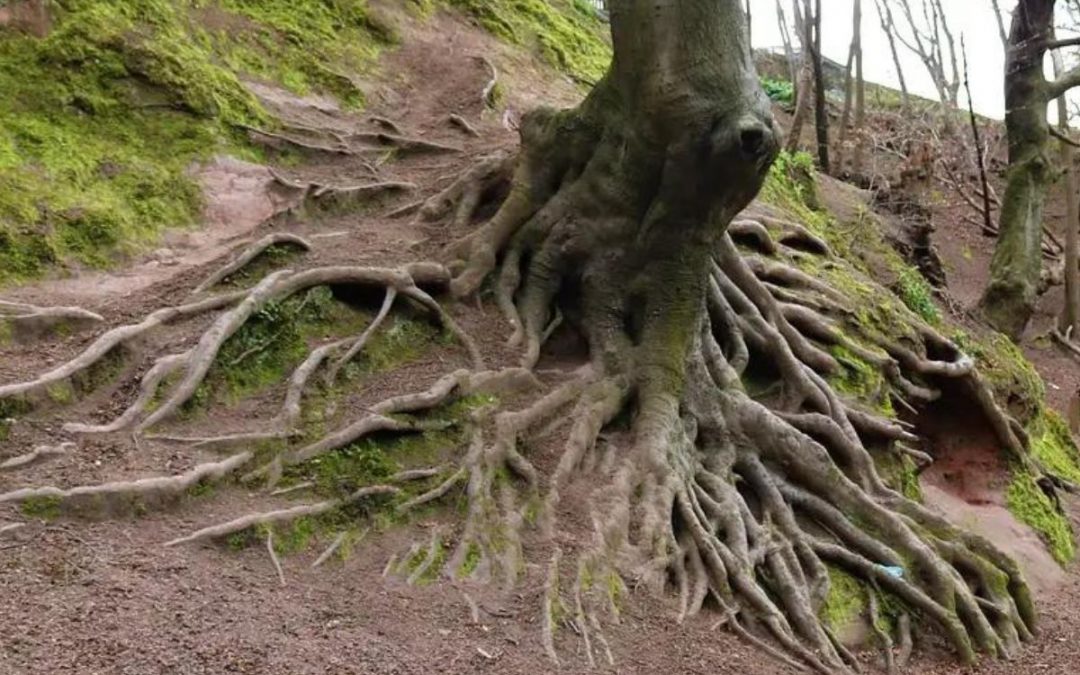What to Do When Tree Roots Invade Your Property
You want your house to be so beautiful that everyone in the neighborhood comments on it. And, to your knowledge, you have done just that. Your yard has a lovely grass, flowerbeds, and a grove of beautiful, mature trees. Everything is perfectly positioned for maximum visual impact.
However, you’ve seen those trees’ roots getting closer to your foundation, driveway, or main sewage line, and you’re concerned. You’ve heard tales of tree roots bursting through these objects and necessitating costly repairs, and you don’t want to be a part of that.
The indicators that tree roots have invaded your home’s structures are listed below. We’ll also explain how to solve the issue.
When Tree Roots Encroach on Your Foundation
Concrete foundations are seldom severely damaged by roots. Roots may sometimes make their way through existing fissures and widen them. However, as long as you maintain your foundation, you should have no problems with tree roots.
However, if you have extremely powerful trees, you may have a once-in-a-lifetime chance to see Mother Nature’s unstoppable (albeit rather slow) wrath unleashed on your house. You’ll notice the following signs:
Floor cracks in your foundation
Vertical gaps in the walls of your foundation
Windows that are cracked or broken but show no other signs of trauma
Inconsistent door and window frames
Surface buckling on the floor
Again, roots almost seldom cause foundation damage. The same indicators may appear if erosion or other reasons alter the soil underneath your property. Before taking any further action, you must study the roots. Examine the foundation near your trees to check whether their roots reach out and begin to grow down. If they do, they may be to blame for your foundation issues.
Use these techniques to avoid more damage:
Before planting trees, construct root barriers. These barriers keep roots from growing deeper into the earth and away from foundations, pavement, piping, and other structures.
Remove the problematic roots. However, utilize this suggestion with care. Some trees perish when even a tiny section of their roots are lost. A tree-trimming professional has the knowledge and skills to execute this procedure without hurting the tree. Install root barriers and feed the rest of the tree while you wait for it to recover.
Remove as much of the root system as feasible by cutting down the whole tree. Root development might sometimes be too rapid and widespread for you to regulate. To preserve your house, you’ll need to hire a tree removal professional to cut down these trees. Your trees contribute to the aesthetics of your home, but you can’t keep them there if they threaten to ruin it.
When Tree Roots Dig Under Your Driveway or Sidewalk
Some homeowners have issues with tree roots growing under their sidewalks, driveways, patios, and other shallow concrete constructions. And those roots may create some serious issues.
As the concrete cracks and collapses, bits of it will stand up and present a tripping hazard. Furthermore, since other people often use your sidewalk, patio, or driveway, they may be damaged. As a consequence, some wounded people may seek to drag you into a personal injury lawsuit, which you do not want to happen to you.
If you fear that your trees have damaged your driveway or sidewalk, look for the following signs:
The concrete is cracked all throughout.
Roots (or earth bumps) leading to those fissures
Buckling on the surface of the concrete—the slabs no longer sit flat with one other
To address the condition, use the same actions you took to protect your foundation:
Before the roots reach the concrete, install root barriers.
To prevent future development, cut the roots and cover them with root barriers.
Cut the tree down and remove the root system to restore a smooth, level surface.
For further information, contact your local arborist. He or she will be able to inform you if pruning the roots or the whole tree is best for your purposes.
When Tree Roots Cause Cracks in Your Plumbing
Roots grow into your plumbing because they discover a little supply of water, such as a hairline crack or a loose joint, and stretch hair-like roots into it to get access to the constant flow of water and nutrients. When roots grow into your plumbing, you may not see the structural damage, but you will feel the repercussions.
Common symptoms include:
Slow drains that are not cleared by flushing treatments
Drains that are completely blocked and will not clear with a plunger, drain cleaner, or other treatments
Water pressure variations
Most of the time, if a tree grows into your sewage system, you don’t have to destroy or maim it. Instead, hire a tree-trimming professional to remove the piece of the tree that has grown into the pipes and a plumber to fix the pipe. With appropriate sealing and maintenance, your plumbing will no longer be tempting to your tree.
When you see the above indicators, contact your tree-pruning professional. You won’t be able to solve the issue on your own, particularly if harm has already happened. Allow an arborist or tree-trimming specialist to assist you with your trees, then contact local plumbing or construction firm for repairs.

